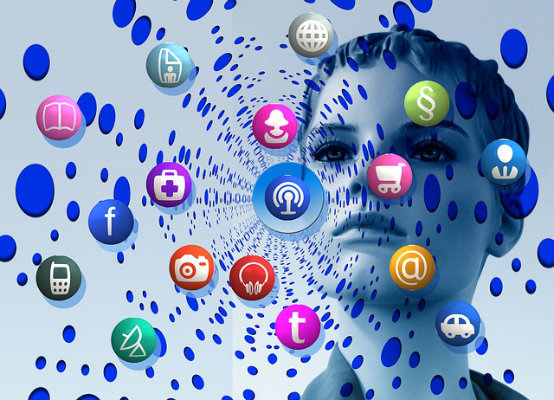
The mobile application space has exploded in recent years. This exponential growth is a result of increased demand for mobile applications that serve any need from ordering a pizza to sending sepia-soaked selfies to friends. With demand has come an increased number of developers willing to meet that demand. Developers face a high-risk high-gain scenario when creating mobile apps, but the perceived payoff is worth the risk. Across the board, investors see the value in social applications like Yo, Snapchat and Instagram, and they are putting their money where their mouths are.
Look at the numbers
Yo app recently raised $1.5 million in angel funding after going viral. Currently the young company is valued at a respectable $10 million, but that number is likely to skyrocket along with users. Snapchat spurned a $3 billion acquisition offer by Facebook, and with good reason. The infamous messaging app is now valued at $10 billion (yes, with a ‘b’) and still gaining traction with its 26 million US users. Instagram was purchased for $1 billion when $1 billion sounded like a ridiculous price for a social app. The social app is now happily married into the Facebook family.
So, the burning question: what on earth is so valuable about social apps that aren’t even monetized? The answer: users, and users’ data. Facebook and Facebook-owned Instagram have already made a fortune using user information to sell advertising space, promoted posts and promoted account pages. But now, the potential for harvesting data goes beyond the desktop and into the pocket of consumers. Snapchat users send roughly 400 million snaps each day. Twitter users tweet about 500 million tweets per day. WhatsApp, popular internationally, processes a staggering 50 billion messages every day. Each and every snap, tweet, post and message is a piece to the consumer puzzle. Each is a sliver to an identity and a preference.
Social Apps Have Untapped Potential
So, social apps are a veritable powder keg with terabytes of untapped information about consumers that now can be understood, used and leveraged. With tools like Hadoop as a service, your company can join the fray and turn data into real, usable knowledge about consumers. Companies have already moved marketing and advertising dollars into mobile spaces as mobile adoption becomes universal.
If your company hasn’t already invested in mobile, I strongly encourage it to do so. It is estimated that ⅔ of Americans now have smart phones, making smartphones more common than game consoles according to Engadget. Half of mobile users use their smartphones as a primary internet source. Users are flocking away from stationary technology and moving into mobile. Key trends include less time spent on desktops by consumers and more time browsing the internet via a mobile device, such as a smartphone or a tablet.
Data produced via social apps is still largely unexplored. If current trends continue as projected, social apps will be the dominant way consumers communicate with each other in the near future. When this happens, brands can use sophisticated analytics tools to target potential buyers.
Here are four practical ways companies can harness data from social apps:
1) User-Generated Content
Messaging apps are the most common social application. Users communicate with friends via appealing messaging platforms instead of traditional SMS. Companies are now filtering user content and targeting key words that relate to their product or service. For example, if a user talks about wanting a pizza, a relevant ad advertising a pizza establishment would pop up. As technology improves, user-generated content will give more insight into consumer personalities, emotions, desires and needs based solely on consumer conversations.
2) Demographic Information
Demographic information is widely used already. Consumers resist filling out subscription forms on a company website, but they have no qualms surrendering information to join friends in the sphere of social media. Social apps provide general information such as age and gender. However, in the future social apps could also give insights into race, religion, income and education level. More detailed demographics give valuable insight into consumer behavior and tendencies.
3) Location
There is only one usable location for a desktop user because the desktop is stationary. Even for laptop users, people don’t haul a laptop everywhere. However, with mobile users, applications like Foursquare and Twitter can track and disclose where a person has been. Has he/she seen your competitors? What stores has he/she been to? Smartphones are mobile, so they travel in the pocket of mobile users no matter where they go. Tracking location, and by extension movement, can allow companies to key-in into consumer behavior in unprecedented ways.
4) Viral Trends
Viral won’t always be as apparent when everything goes mobile. What are consumers talking about? What are the hottest topics circulating the internet? Viral content by its nature is circulated via social media to become viral. When social media becomes solely mobile applications, big data will discern what content is most popular and among what groups.
As consumers go mobile they are turning to social apps to engage online. Metadata taken from social applications has the potential to revolutionize mobile marketing and how consumers are courted by brands. Social apps are undoubtedly a brave new world for big data.

